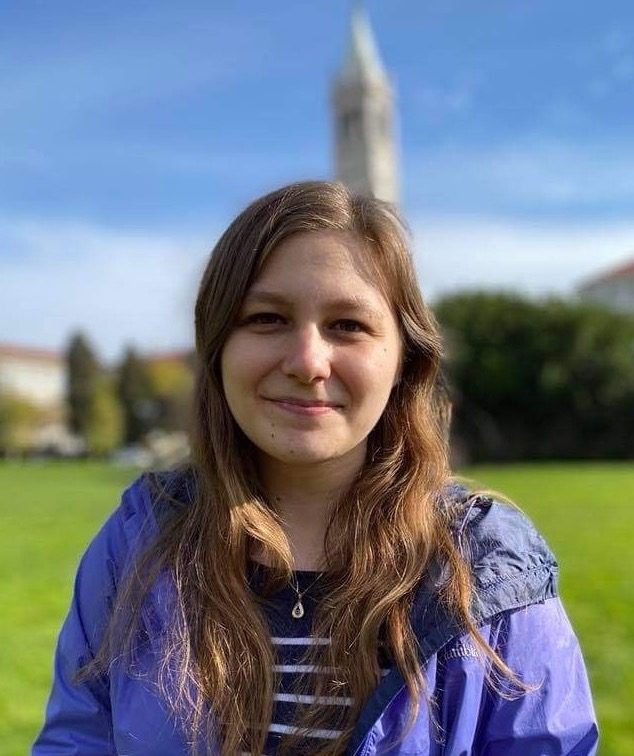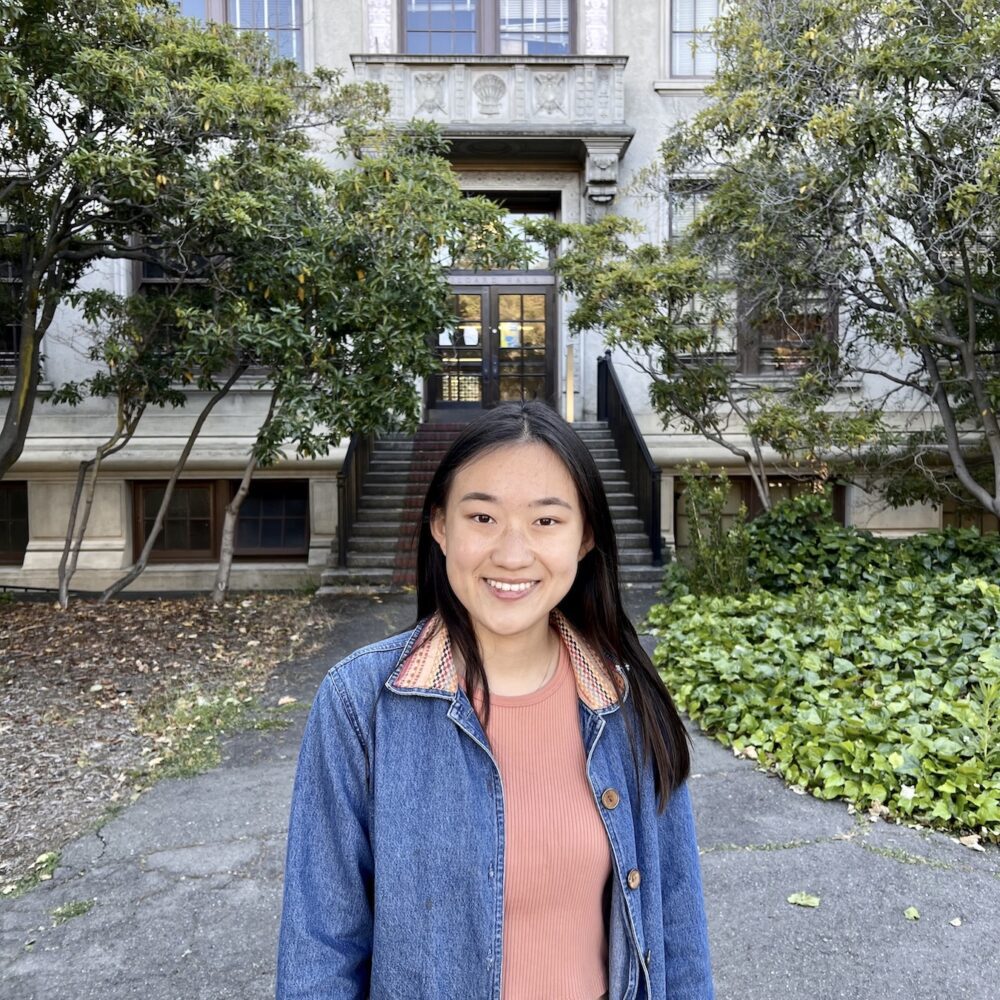Arjun Grover

If you have gone to a fast-casual restaurant within the last few years, you will be all too familiar with how the process of tipping works. After the cashier taps your order into the restaurant‚Äôs tablet device, they flip it around with tip options for you to select. The bubbles can range from percentages to dollar amounts, depending on the restaurant (e.g., 15%, 20%, 25%, $1, $2, $3, etc.). Unlike past studies on tipping, which look at situations in which the cashier leaves and returns to pick up your check, […]
Rocky Hughes

In recent years, the study of 2D materials consisting of atomically thin sheets of matter has exploded into a vibrant research area pursued by materials chemists and condensed matter physicists alike. The structures of these materials bring about many exotic properties which, in the near future, are projected to see groundbreaking applications in energy conversion and storage, as well as low-power computation. The behavior of electrons in 2D materials can be significantly altered by bringing flakes of differing chemical structures into contact. My project aims to better understand and exploit […]
Samantha Breuer

In the Ajoy Lab, we use a custom nuclear magnetic resonance (NMR) apparatus that uses high-powered lasers and microwaves to hyperpolarize samples for signal enhancement. My project will work to optimize the microwave frequency, sweep rate, and bandwidth of our apparatus to increase the lifetime of a nanodiamond sample. Increasing the lifetime of the nanodiamond sample is beneficial to resolution, as it increases the amount of time we can collect data from milliseconds to minutes. This is relevant to the field as the optimization of the nanodiamond sample, and increase […]
Diana Francis

At night, the Cassiopea jellyfish slows its activity and enters a sleep state. Because sleep research focuses on models with centralized nervous systems, the sleep behavior of this brainless, decentralized jellyfish exposes a gap in the field that my project will address. In particular, I plan to test our novel RNA interference (RNAi) technique and use it to characterize the molecular mechanisms of sleep in Cassiopea. My lab recently developed the first RNAi protocol for jellyfish, a significant feat given that standard techniques are not easily applied to this nontraditional […]
Victor Canta-Gallo

This project focuses on gaining a deeper understanding of transposable elements (TEs) within monkey flowers. Previously, TEs were thought to be virus-like, parasitic parts of genomes. With the use of supercomputers, we will compare the genomes of many monkey flower genome samples to a reference genome to identify variation that suggests adaptation. Our work will define the role of TEs more clearly, as many are associated with mutations and only arise during specific conditions, which suggests a form of adaptation.
Emily Zhao

Understanding the genetic basis of organ regeneration remains a central challenge in the field of developmental biology. Teeth are a classic model for organogenesis, since many homologous ectodermal organs (e.g., teeth and hair) follow similar patterns of development and regeneration. Threespine stickleback fish are a powerful model organism for studying tooth regeneration in vertebrates because they possess the ancestral dental phenotype of polyphyodonty, in which teeth are continuously replaced throughout adult life. Past research has shown that Foxc1 regulates Bmp6, a gene important for viability, growth, and tooth patterning […]
Xiaozhou Zhang
The perception of a stimulus is strongly influenced by the background surrounding it. In mammals, this figure-ground perception to identify stimuli from the environment is crucial for survival, such as detecting predators. My project aims to explore the neural mechanisms behind figure-ground perception, especially focusing on the role of vasointestinal peptide positive (VIP) and somatostatin (SOM) interneurons in the primary visual cortex (V1). To explore the mechanism, I will first develop a novel mice behavioral task that can accurately quantify figure-ground modulation. Then, I will use optogenetics to activate or […]
Luyang Zhang
The phyllosphere, the microbiome of the leaf surface, is a highly tractable model system, and is particularly adept for empirical studies on microbial ecological and evolutionary dynamics. One open question is how prior local adaptation on a plant host influences the efficacy of microbial biological control agents. Using an experimental evolution approach, in which changes in populations are measured over multiple passaging events, a naturally occurring, defensive phyllosphere bacteria, Pantoea dispersa, was evolved on tomato seedlings. Preliminary assays found that this bacterium has evolved increasingly negative effects on seedling health, […]
Le Sun

How do political parties influence online posting behavior? Previous research attributed an individual’s utility from posting online to two major channels: contribution to public knowledge and identity boosting. In this project, I will develop a model of demonization that analyzes how a political party, using posts on social media as signals, interacts with its supporters via these two channels. Using a set of state-sponsored posts and comments about the 2022 Ukraine-Russia Crisis from Weibo, one of China’s largest social media platforms, I will test how topic distributions of the comment […]
Jacob Li Rosenberg
What are the purposes, possibilities, and limitations of the traditional gallery space? Through understanding who has been excluded from the gallery, we aim to rethink what an exhibition space can and should be. Through our research, we will stage our own space on campus that subverts gallery conventions. We will present an alternative functionality, proposing that the gallery space should offer tangible assets to its community. Our work is a collaborative art project situated in the history of service labor, endurance art performances, gallery culture, and the history of subversive […]